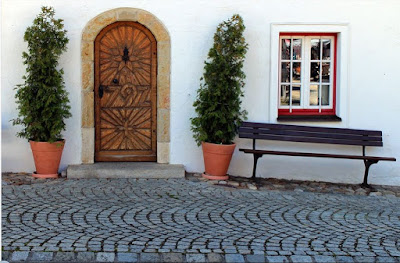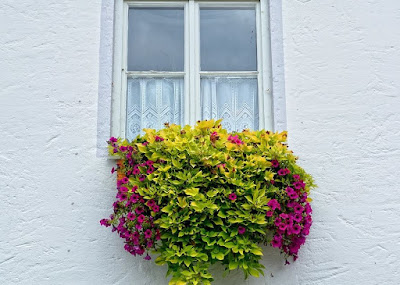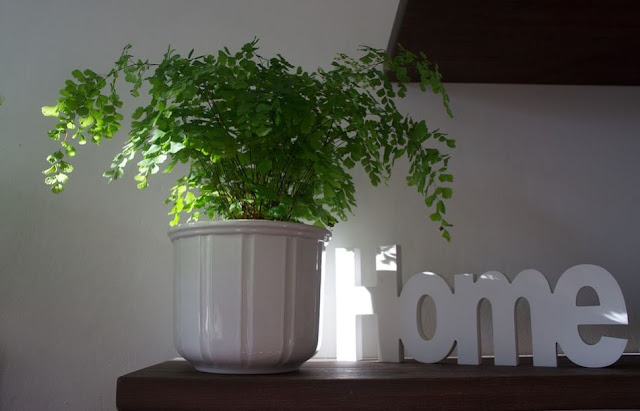
Creepy crawly Plant
A standard sight, Spider Plant is anything but difficult to develop and keep up. One of the best air-refining plants, it gets the opportunity to work rapidly, evacuating upto 90% of poisons in two days time.It adequately expels carbon monoxide, benzene and formaldehyde from the air.The plant likewise does well at expelling mold and different allergens, being an additional preferred standpoint for those with regular sensitivity manifestations.
English Ivy
The best at sifting through formaldehyde and benzene, English Ivy works brilliantly for both home and office.It is perfect for the individuals who have pets as it evacuates airborne allergens, for example, shape and fecal-matter particles.An evergreen climbing plant, English Ivy is versatile and along these lines simple to develop.
Boston Fern
A great marvel, Boston Fern adds to both look and wellbeing of your home. A characteristic humidifier, it is an incredible plant to have in the event that one experiences dry skin problems.Also it keeps up air dampness level in dry winter season. It ingests the normally discovered poison formaldehyde, a concoction identified with neurological diseases.A delightfully set Boston Fern illuminates the room while one appreciates medical advantages of cleansed air.
Peace Lily
Satisfying its name, Peace Lily is a great blossom plant. It has been demonstrated to assimilate the most astounding number of poisons than whatever other plant.It dispenses with substances like xylene, benzene, alkali, formaldehyde and trichloroethylene.Peace Lily does fine in both low and splendid light, however low light conditions are perfect for flowering.In request to take advantage of your plant’s air filtering capacity, guarantee the foliage is sans clean.
Chinese Evergreen
Chinese Evergreen is a simple to develop evergreen lasting that produces small red berries.It is extraordinary at engrossing poisons including formaldehyde, benzene and carbon monoxide.The best part is that it starts to evacuate more poisons as time and introduction proceeds. The durable Chinese Evergreen requires repotting each a few years.
Brilliant Pothos
This quickly developing foliage is another incredible air-purifier. Brilliant Pothos adequately takes out benzene, formaldehyde, toluene, xylene and carbon monoxide.Whether falling from a hanging wicker container or spiraling your carport, Golden Pothos looks excellent with its neon tinge.It is otherwise called Devil’s Ivy because of its capacity to stay green notwithstanding when kept in dim.
Bamboo Palm
An alluring, durable looking indoor plant, Bamboo Palm is anything but difficult to mind for.With most noteworthy transpiration evaluations and great general score, Bamboo Palm is amazing at wiping out poisons like benzene, formaldehyde, nitrogen oxide and trichloroethylene.It likewise keeps up dampness level amid dry winter months.Bamboo Palm flourishes with low to medium light and even creates minor buds on achieving development.
Elastic Plant
These evergreen trees of Indian inception have expansive leaves that are dark green in shading with a gleaming touch. However a few variations have purplish tinge to their color.Excellent at wiping out formaldehyde, these additionally ingest carbon monoxide and trichloroethylene from encompassing air.Rubber plant is anything but difficult to develop and might be trimmed to control development or permitted to develop into a tall tree.A point to note is that it produces latex when trimmed or its branches are broken, so there is a should be watchful with children or pets in the house.
Aloe Vera
An individual from the Lily family, this is one of a jewel. With its therapeutic and air purifying properties, Aloe Vera discovers put in numerous homes.Its gel works stand amazed at recuperating minor copies, cuts, skin issues and even bug chomps. Likewise a successful air purifier, Aloe Vera sift through basic indoor air poison formaldehyde.
Philodendron
Heart-leaf philodendron is a usually developed indoor plant, frequently discovered swinging from wicker bin or sitting pleasantly at a corner.Having an invigorating vibe about it, Philodendron is a powerful air purifier. Be that as it may, keep the plant distant with children and pets around.If eaten, the plant is harmful. Philodendron can without much of a stretch adjust to an extensive variety of conditions and is dry spell tolerant.


